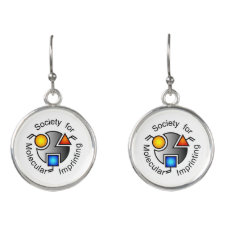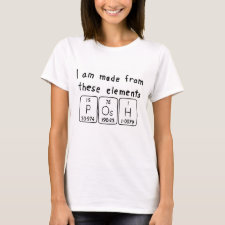
Authors: Jiménez-Guzmán J, Méndez-Palacios I, López-Luna A, Del Moral-Ramírez E, Bárzana E, García-Garibay M
Article Title: Development of a molecularly imprinted polymer for the recovery of lactoferrin.
Publication date: 2014
Journal: Food and Bioproducts Processing
Volume: 92
Issue: (2)
Page numbers: 226-232.
DOI: 10.1016/j.fbp.2014.02.001
Alternative URL: http://www.sciencedirect.com/science/article/pii/S0960308514000170
Abstract: Lactoferrin (LF) was recovered by molecular imprinting using either vinylpirydin alone (MIP1) or mixed with methacrylic acid (MIP2) as functional monomers. In order to create the specific cavity, pure LF was used as template. Controls were prepared for every MIP. The polymers obtained were tested against a protein mixture containing LF, and the recovery efficiency was calculated determining the diminution of LF from the supernatant by titration of the iron of the LF, as well as native PAGE to determine the protein composition of the supernatants. The only polymer which was able to specifically bind LF was MIP1 (vinylpirydin alone). Measuring the proportions of the different proteins in the mixture, it was demonstrated that before the separation with MIP1, LF represented 81.9% of the total protein content of the mixture, and diminished to 70.5% after the exposure to MIP1, suggesting that LF was specifically sorbed by this polymer. The retention efficiency of the polymer showed that MIP1 retained 34.5% of the total LF content, while its control did not retain any, demonstrating that the retention of the protein is not due to unspecific adsorption in the polymer, but rather to a selective retention in the cavity formed by the template
Template and target information: protein, lactoferrin, LF
Author keywords: Lactoferrin, whey proteins, molecular imprinting, Solvent-Accessible Surface analysis



Join the Society for Molecular Imprinting

New items RSS feed
Sign-up for e-mail updates:
Choose between receiving an occasional newsletter or more frequent e-mail alerts.
Click here to go to the sign-up page.
Is your name elemental or peptidic? Enter your name and find out by clicking either of the buttons below!
Other products you may like:
 MIPdatabase
MIPdatabase









